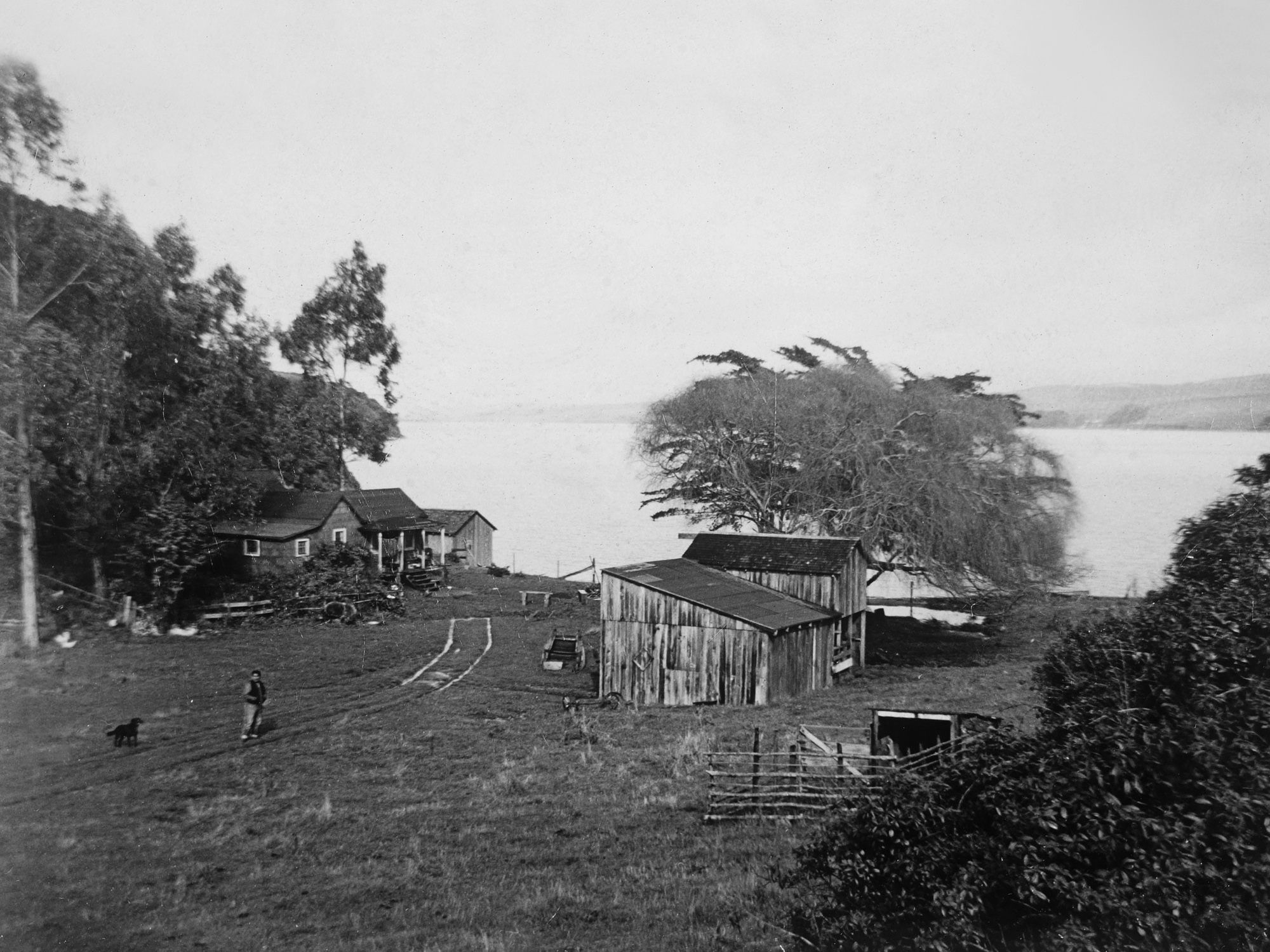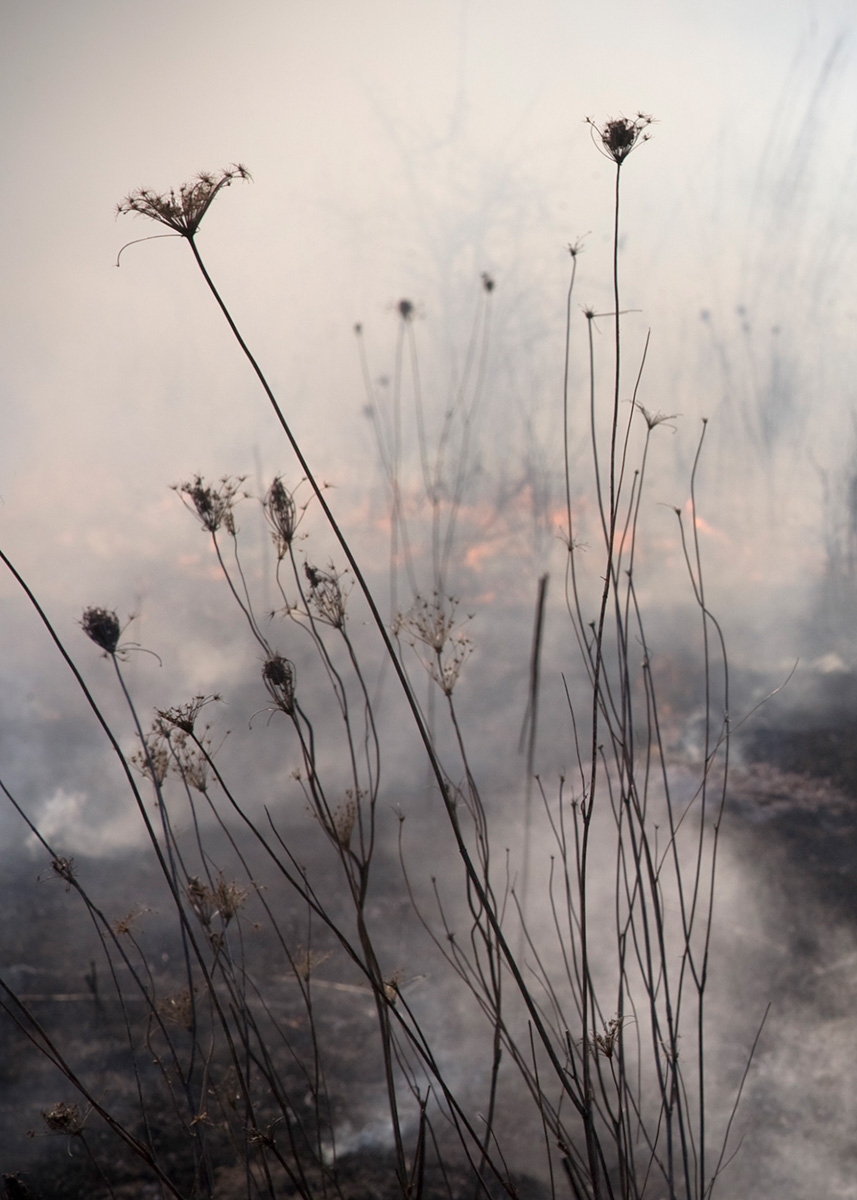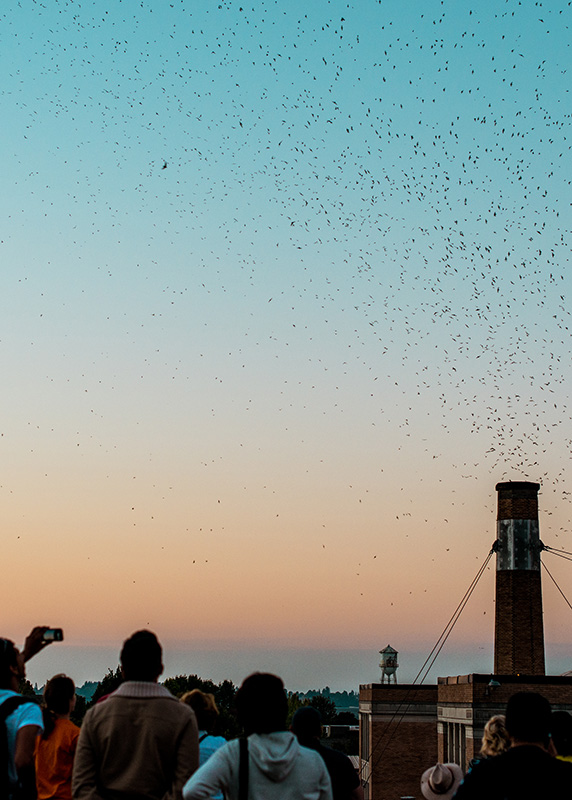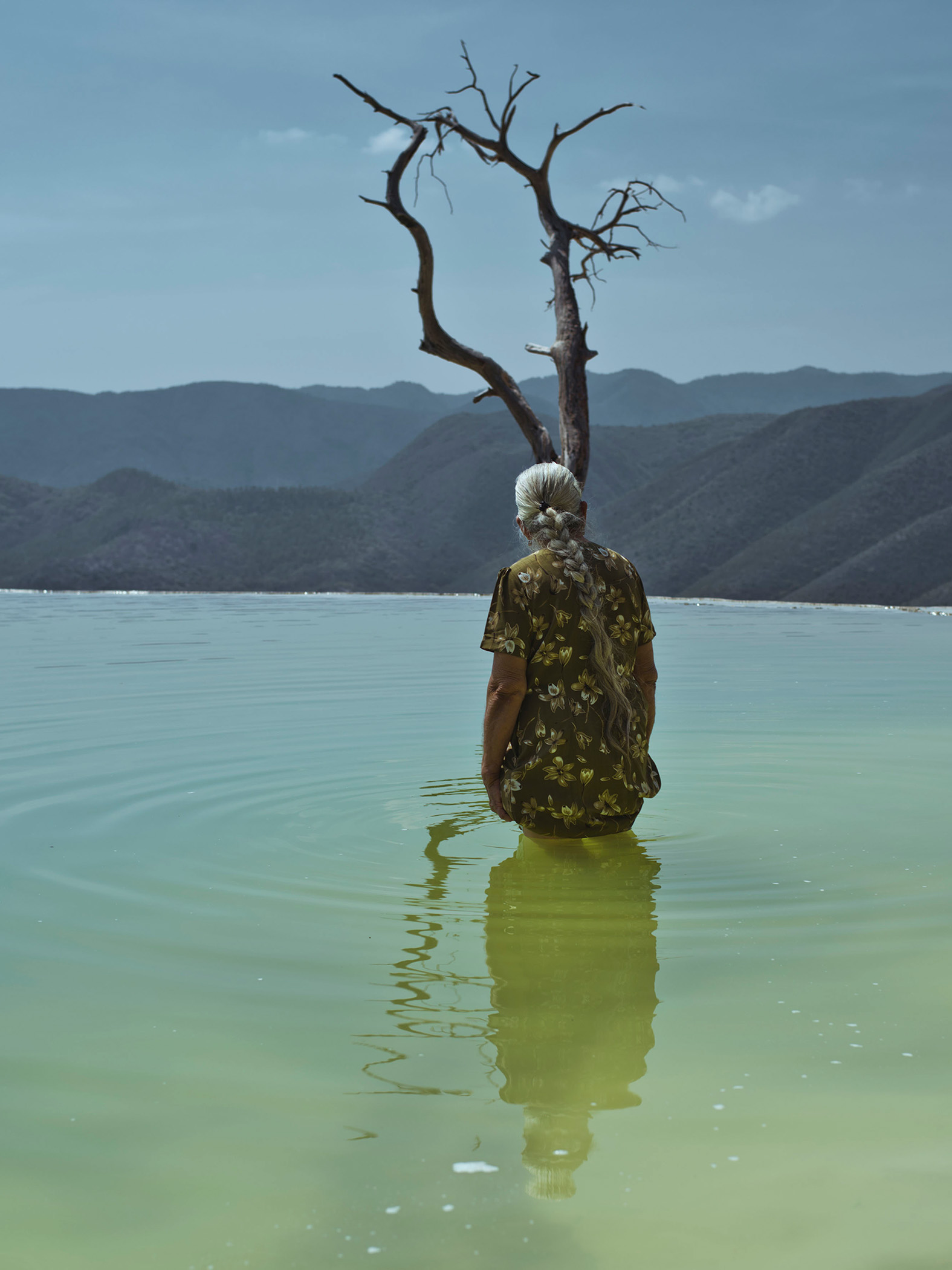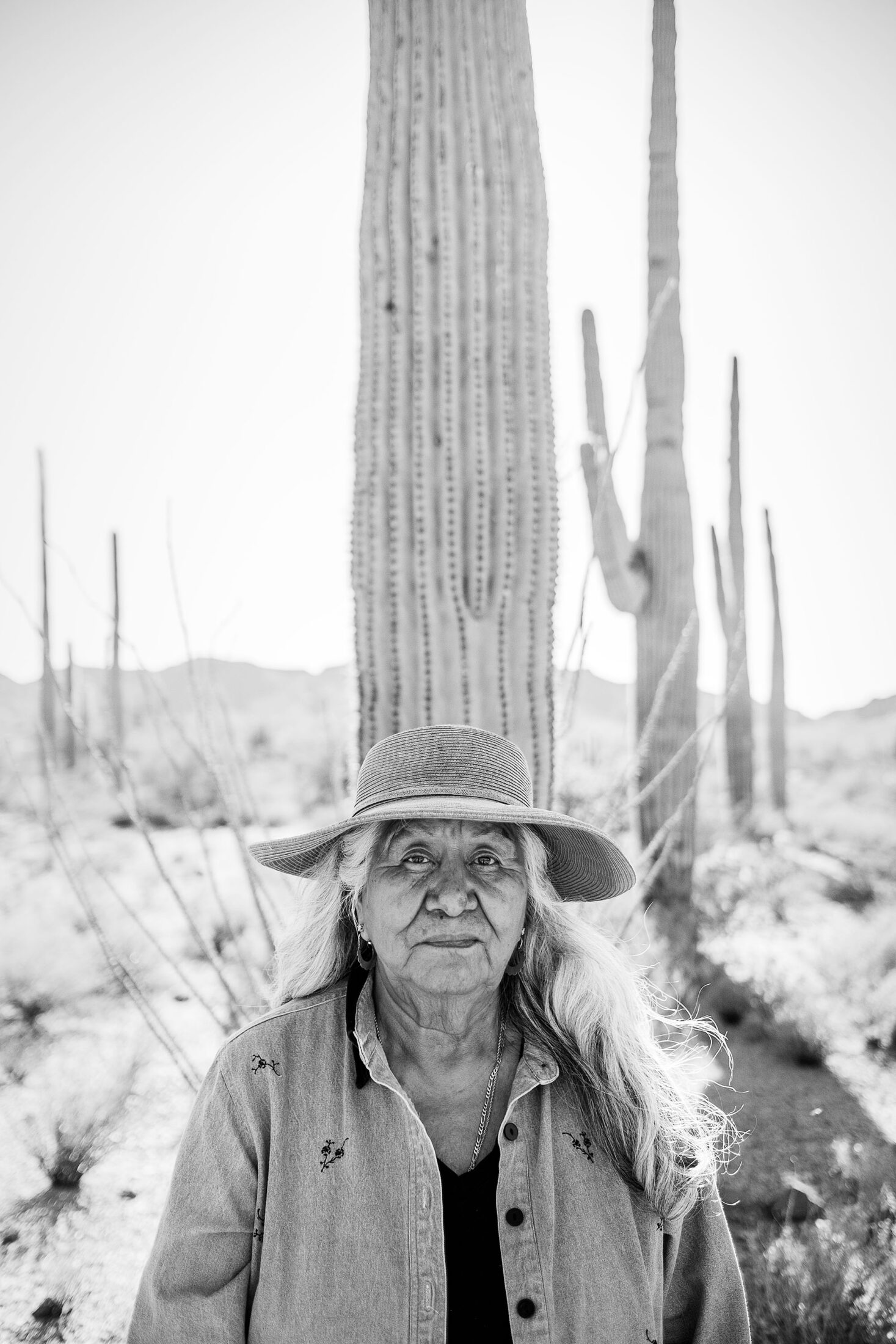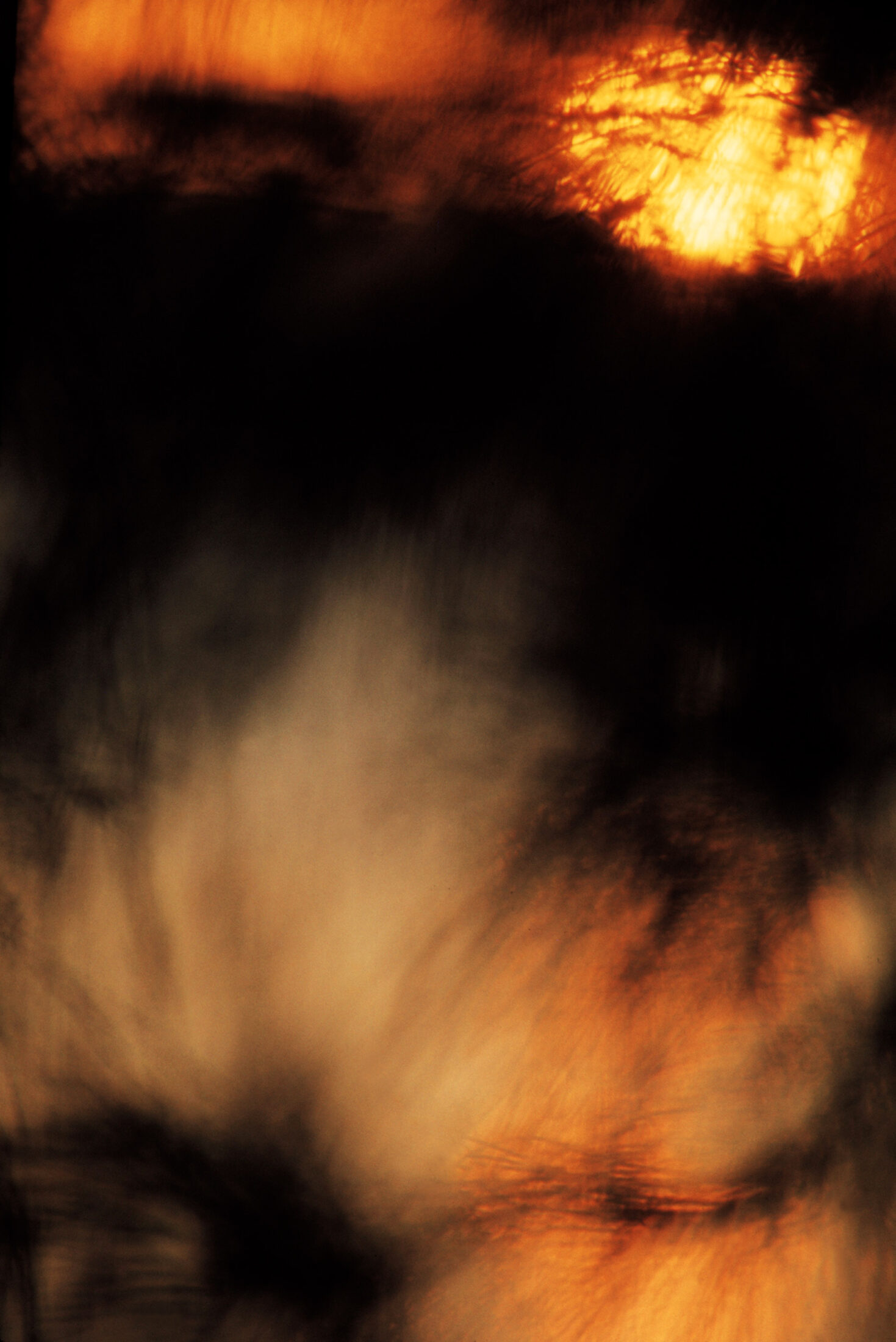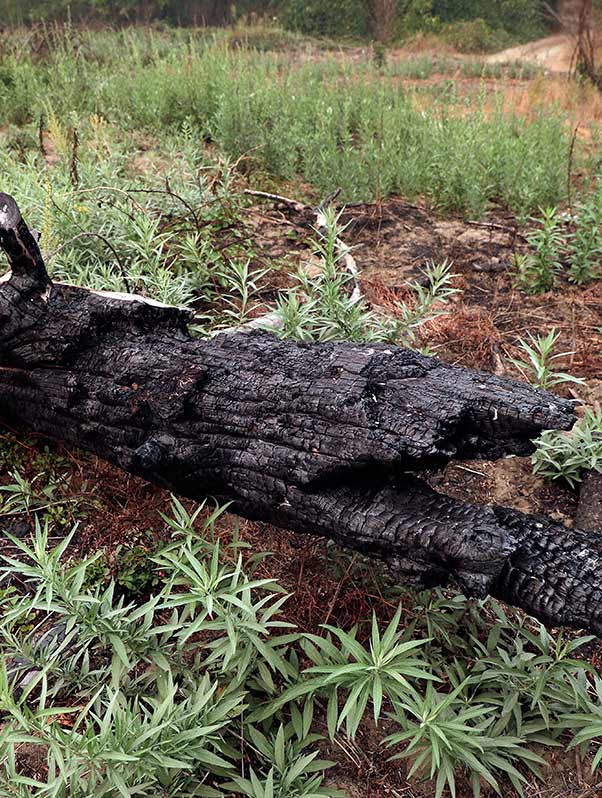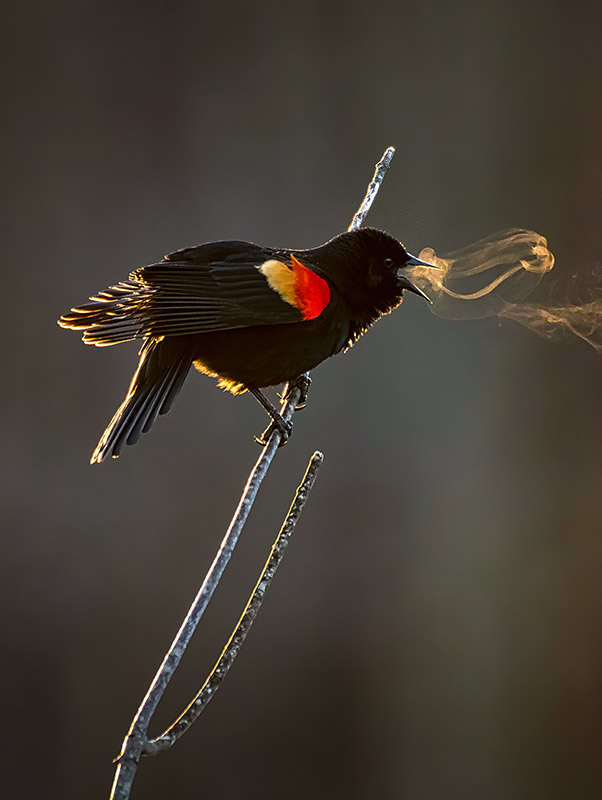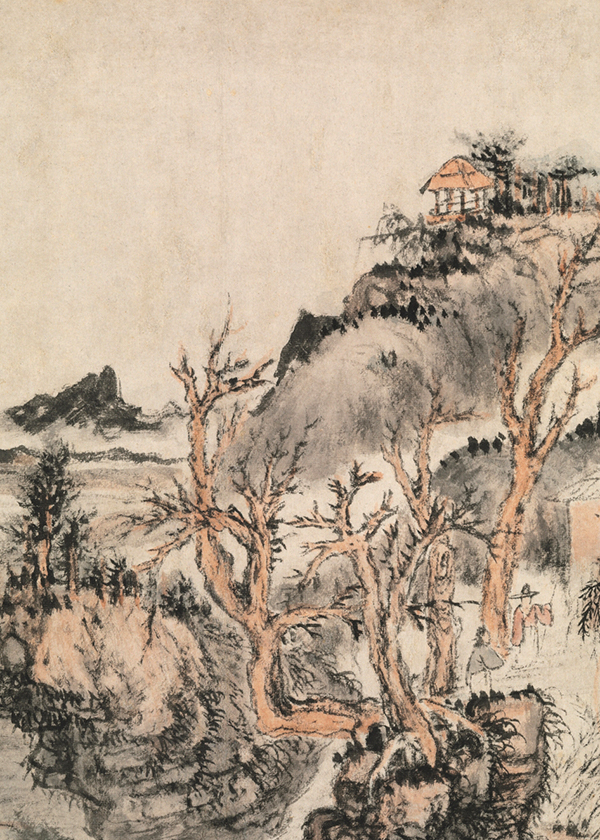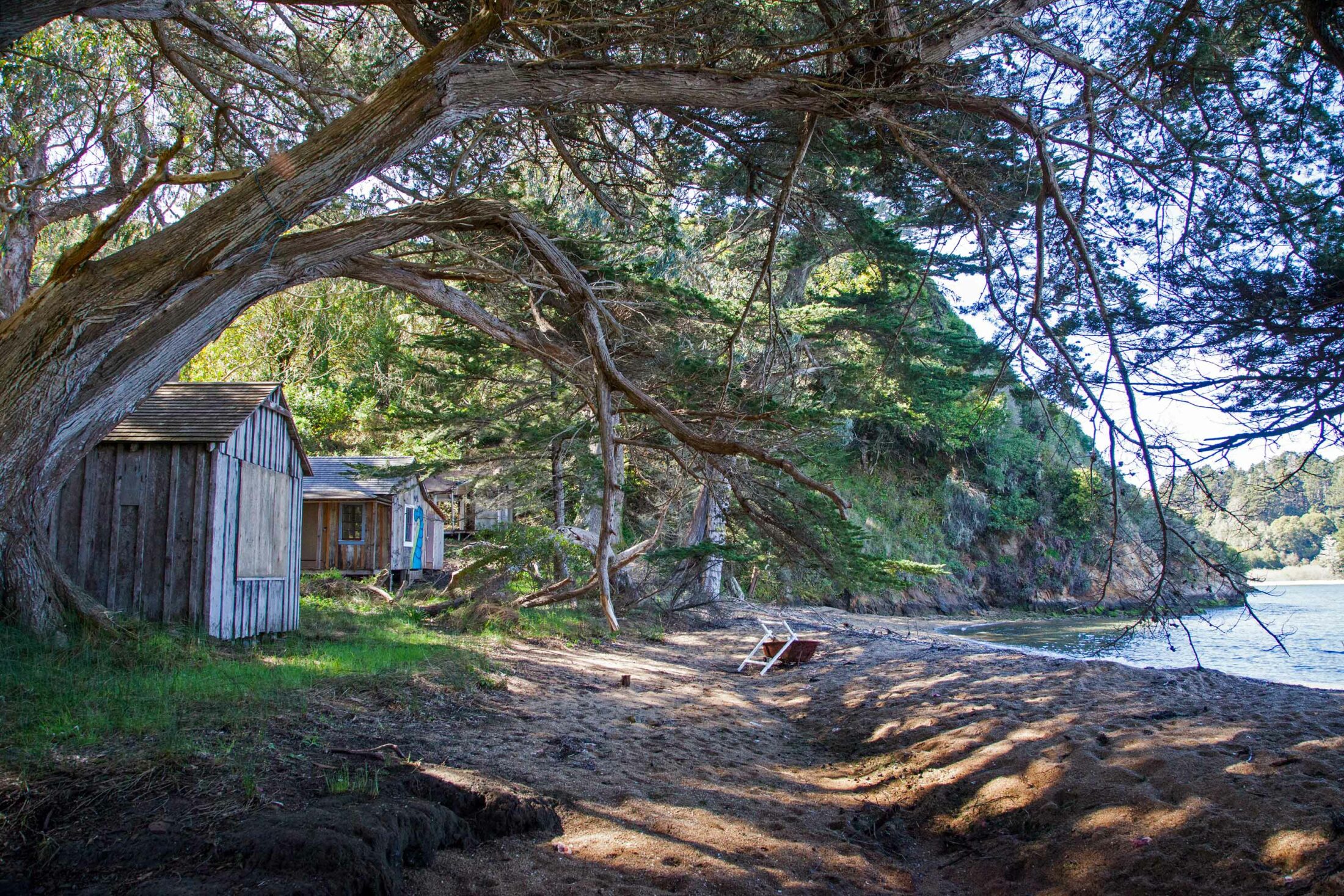
Photo by Jocelyn Knight
A Sixty-Six-Year Journey to Tamal-Liwa
Indigenous Resilience on Tomales Bay
Theresa Harlan is founder of the Alliance for Felix Cove, a nonprofit dedicated to celebrating her Coast Miwok family’s life at Tomales Bay. She has a long history of working in the Native American community as an art writer, curator, and consultant. Her essay “A View of Our Home, Tomales Bay, Calif.: Portrait of a Coast Miwok Family, 1930–1945” appeared in Our People, Our Land, Our Images: Indigenous Photographers. Theresa is a board member of KGUA radio and the Native Media Resource Center. Born in San Francisco, she is the adopted daughter of Elizabeth Campigli Harlan (Coast Miwok) and John Harlan. By birth, she is Jemez Pueblo and an enrolled member of Kewa Pueblo of New Mexico.
After her Coast Miwok family’s eviction from their ancestral home in Northern California, Theresa Harlan joined her voice with the national movement seeking to restore Indigenous history and presence to the American landscape.
In 1984, my California Indian History professor told our UC Berkeley class that Coast Miwok people, a California Indian people, were extinct. When I raised my hand and contested this extinction, stating that my Coast Miwok mom was, in fact, alive and well, my professor dropped his head and sighed.
This professor’s claim was in line with the standard thinking at the time. The once famous and now infamous Alfred Kroeber1 and other anthropologists had declared Coast Miwok people extinct in the 1920s—about the time my Coast Miwok mom, Elizabeth Campigli Harlan, was born. Looking through their Western colonial lens, anthropologists and archaeologists determined that there was nothing left of Coast Miwok culture being carried forward among the living people.
It’s a good thing that the name Miwok, or Coast Miwok, was never adopted by my mom and her family, and that these academic claims didn’t carry weight with them. They identified as Tomales Bay Indians, a name similar to that of their ancestors, Tamalko, people of Tamal-liwa (Tomales Bay). Our large extended family lived all around Tamal-liwa in Marin County, some forty miles north of San Francisco. We spoke English and Spanish, built and resided in wood-frame homes, harvested food in the ways of our ancestors, and labored in the local fishing, ranching, and domestic workforces. My mom’s Coast Miwok lineage long predates the building of the Egyptian pyramids. She and her siblings are descended from people who were living within nature, not dominating over but living with nature, reflecting the cosmology of their Indigenous world. This relationship to the land did not fit in with the white colonists’ extractive worldview and ideas of land ownership.
In the 1950s, four hundred years after the first Europeans aimed their guns at Coast Miwok people, K Ranch owners Turney and Lundgren served papers to evict my family from the last remaining home built by Tamalko hands, even though my family’s presence there predated the ranch’s deed. The little wooden house on the cove, still inhabited by my uncle Victor Sousa at the time, was built by my mom’s grandpa, Joe Felix, and his brother. Uncle Victor fought back hard, taking the case all the way to the California State Supreme Court. Like many Native families across the country, Uncle Vic was battling a legal system designed to deny ancestral Indigenous land rights.
In fact, as the state of California was forming, its young legislature passed the 1850 Act for the Government and Protection of Indians, authorizing the indentured servitude (enslavement) of Native children. This law empowered private militias to murder Native peoples they considered in the way of their mines, farms, and ranches. Orphans of murdered parents and abducted children generated a slave workforce of ranch hands and domestic servants for California farms and ranches. No one needs to guess how my mom’s grandpa and his brother learned carpentry skills to build their homes.
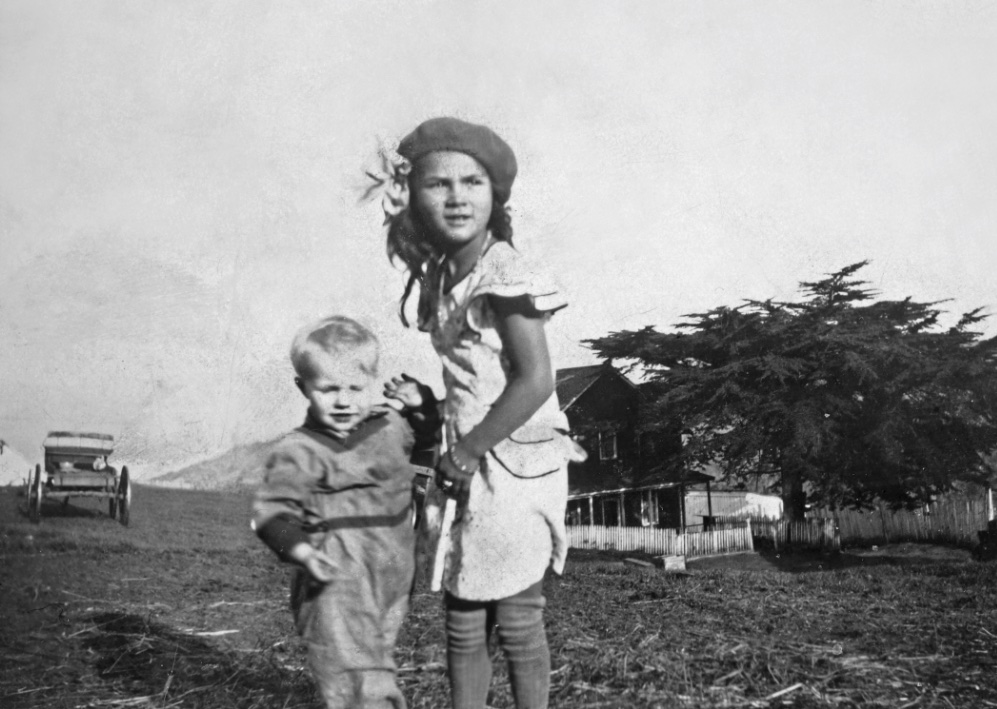
Photo courtesy of Theresa Harlan
It’s been sixty-six years since our family was forced out of the little wooden house on the cove. The land has since become part of the Point Reyes National Seashore, a national park. In 1956 our parents took my sister, Beverly Saxon-Leonard—four years old at the time—to visit our grandpa at the house. She remembers it as tidy with a wood-burning stove. Today we have to drive past barbwire fencing and over cattle grates to get to the locked trail that leads to the family cove. Cousins ask if they need Park Service permission to visit the house. Sadly, the fenced lands—industrial cattle ranching zones—are a painful reminder of what was taken from us and by whom.
Let’s be clear, Point Reyes National Seashore is Coast Miwok land, Indigenous land. In 2018, the Park Service celebrated a 160-year “history” of dairy and cattle ranching by listing modern, commercial ranches on the National Register of Historic Places. Nearly 28,000 acres, or one third of the public lands inside the park, are leased to a small group of ranchers who enjoy access to California congressional members. In contrast, in 2015 the Park Service withdrew a 2008 nomination to put the Indigenous Archaeological District on the Point Reyes Peninsula in the National Register. Only a white-dominant institution would allow a 10,000-year Coast Miwok history to be supplanted by 160 years of Euro-American immigrant ranching history.
Our home is listed in the National Register only as part of K Ranch. On the Park Service website, you cannot find the family histories of modern Coast Miwok people—Felix, Sousa, Gusman, Pozzi, Bellman, Ouse, Sandoval, Elgin, Frease, Carrio, Sanchez, Alcantra, Jensen, Rocca—generations of Indigenous families who survived genocide and lived and worked on the Point Reyes Peninsula well into the twentieth century, and some who are still there today.
All across the Americas, Native peoples are leading the shift toward re-affirming ancestral relationships with public lands and honoring the sacred. David Treuer (Ojibwe from Leech Lake, Minnesota), in his Atlantic article “Return the National Parks to the Tribes,” revealed the buried truth that creating the national parks involved stealing lands by force or empty treaties. The leadership of the National Park Service’s new director, Chuck Sams (Confederated Tribes of the Umatilla Reservation), and Secretary of the Interior Deb Haaland (Laguna Pueblo) hold promise. In an interview with Underscore News, Director Sams said, “The history of Native Americans living on this continent since time immemorial must be told so that visitors to national parks have a more complete perspective on what it means to be American.” He added, “We’re not going to hide from the negative parts of our history.” I hope Director Sams will visit Point Reyes National Seashore, where settler colonial history is the dominant story.
Since 2017, our family home site has received some Park Service attention (e.g., trash removal, new roof and siding). Nevertheless, our home sits locked up with rotting interior floors and is vulnerable to vandalism. Due to the deteriorating condition of the house, some at the Park Service have pushed for it to be demolished. Last April, our family met at Felix Cove—our name for the cove, also known as Lairds Landing—with the newly appointed Park Service superintendent, Craig Kenkel. We shared the story of our family’s direct connection to the house and the generations of family love it represents to us. He promised to work with the Felix family as partners along with the Federated Indians of Graton Rancheria, the federally recognized tribe of Coast Miwok and Southern Pomo peoples. He assured us that while he was superintendent he would not demolish our home as past superintendents have attempted to do.
The year 2021 was a big year on many fronts. It was the year that Kroeber’s name was removed from UC Berkeley’s anthropology building (“Kroeber Hall”) and that the unacknowledged legacy of our Tamalko family found new life and momentum. We joined the national rematriation movement by creating the Alliance for Felix Cove to renew our relationship to our family’s home and cove as Tamalko land. The nonprofit is dedicated to telling the Felix Family’s story of Indigenous resilience to colonization and to protecting our family home.
My family dreams of a center for Indigenous history and traditional ecological knowledge in Felix Cove, where Felix Family descendants will be able to see their Tamalko ancestors honored and find affirmation; a welcoming place where Indigenous peoples will visit and tell their children, “We have a little house like this, built by our ancestors, in our homeland.” Our ancestors, the beloveds, are calling to us, and we call back, “We are coming home.”
- In 2021, Kroeber’s name was removed from UC Berkeley’s anthropology building, “Kroeber Hall,” as part of a reckoning with past declarations of extinctions and a long list of harms emanating from Western colonial academic authority.
